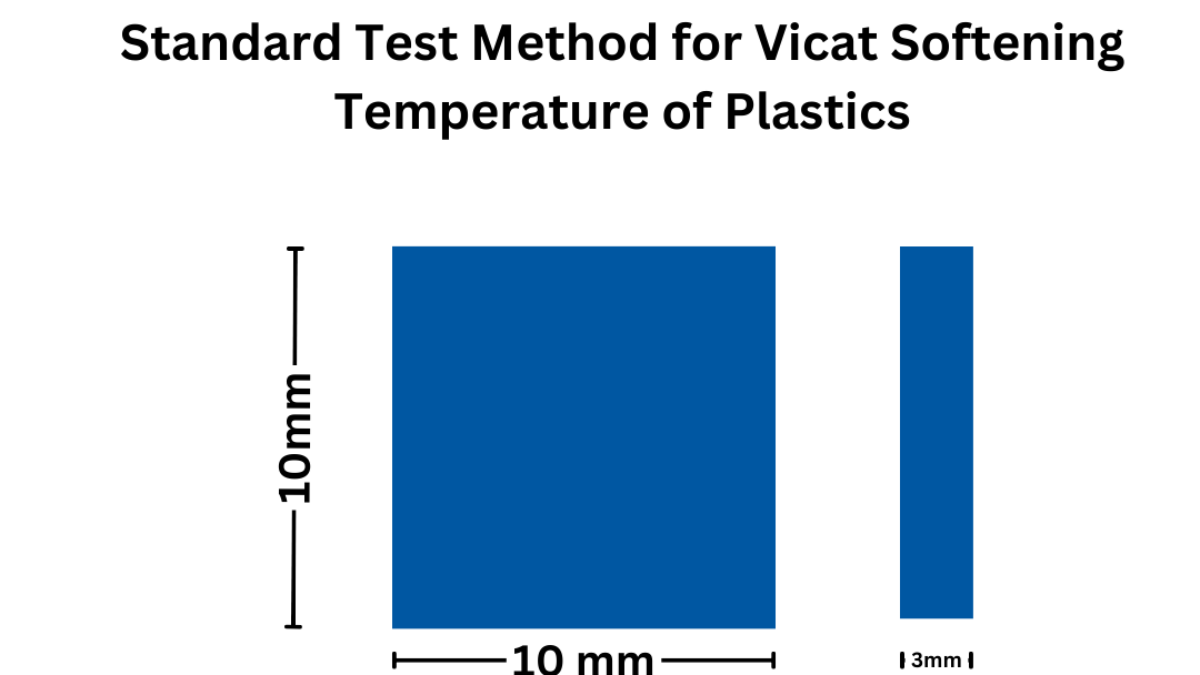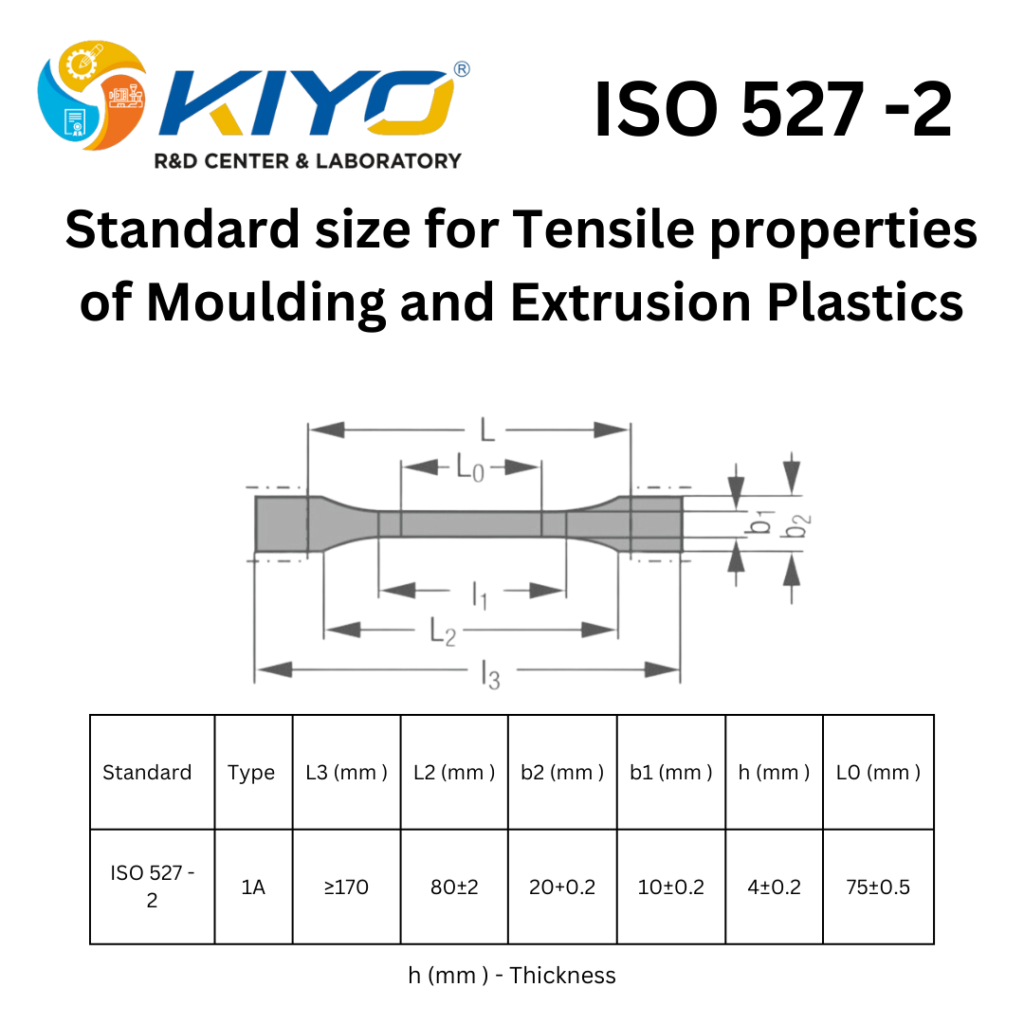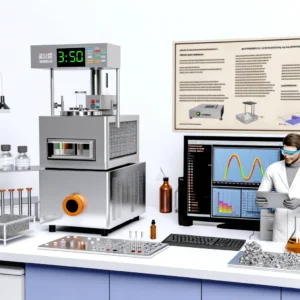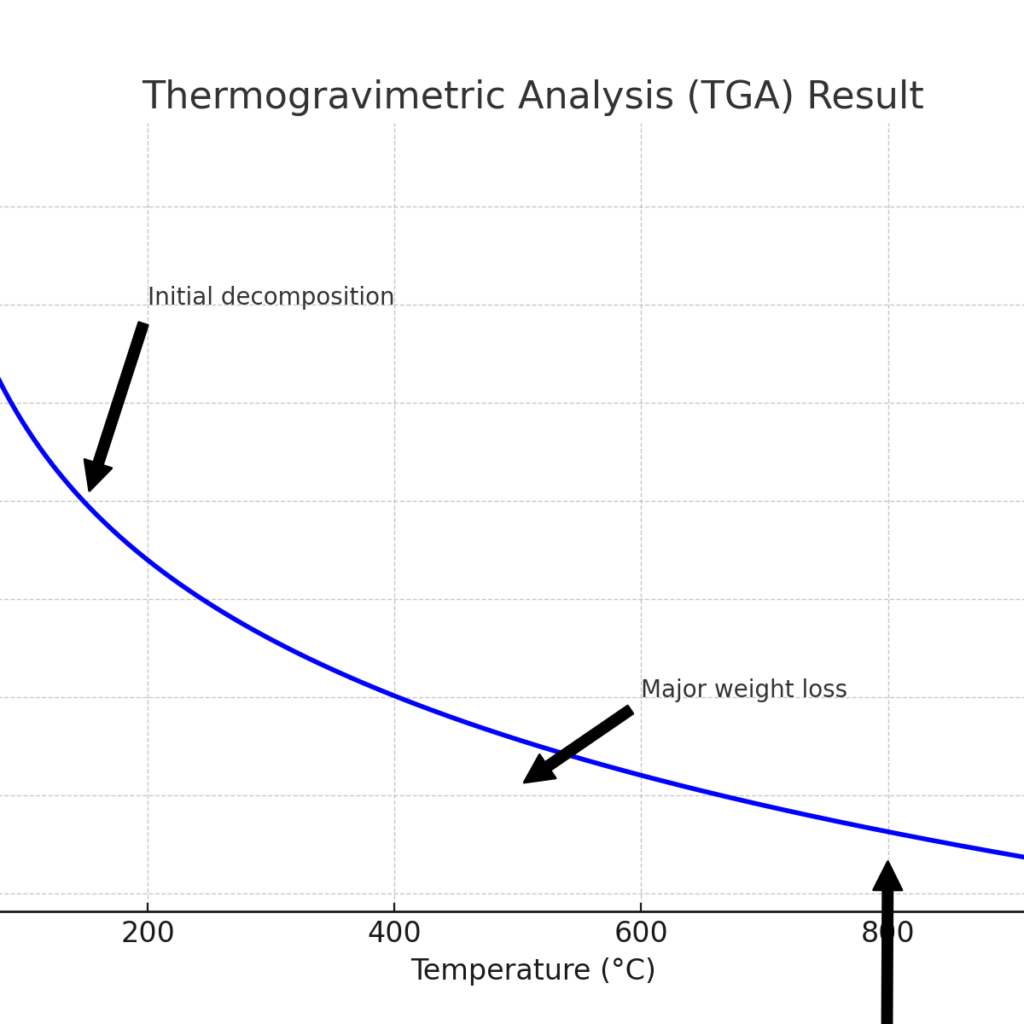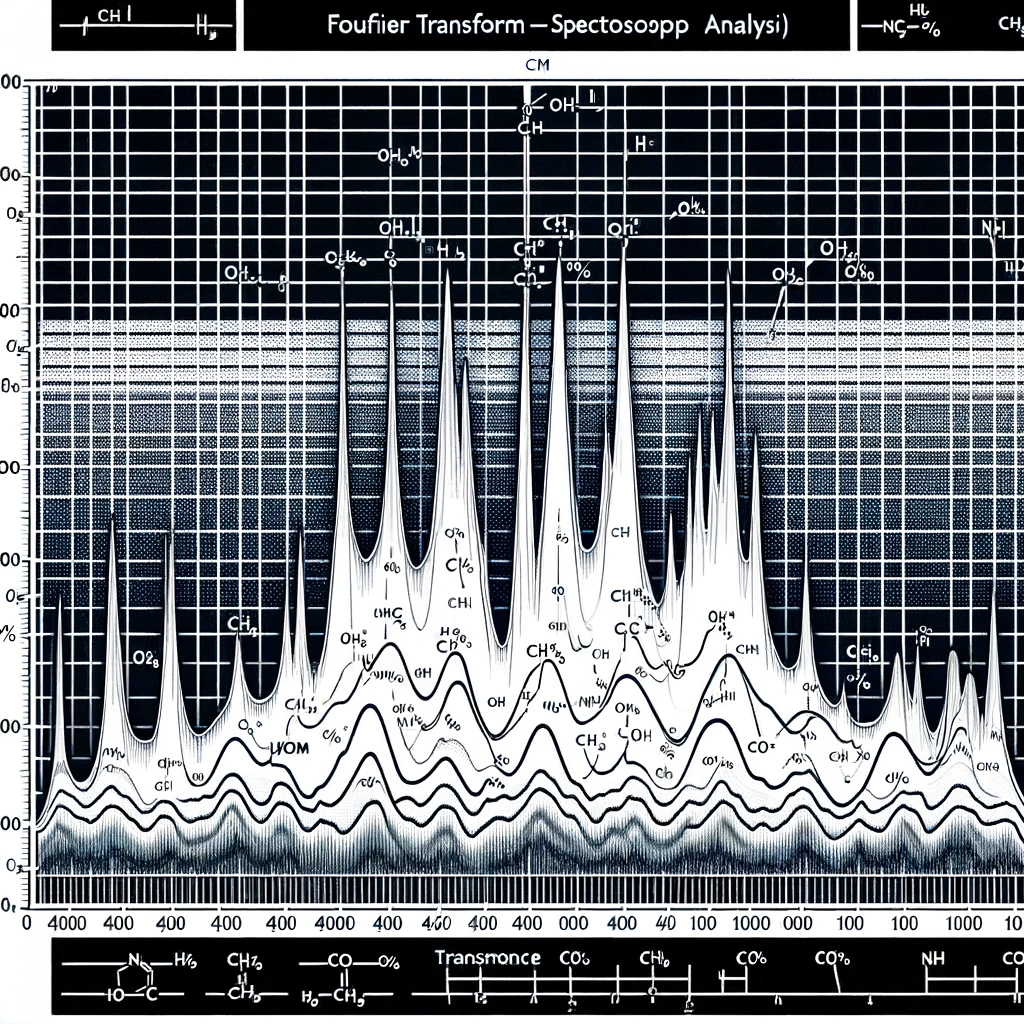do you need our help? we always give the best for you
9087686986
Navigating the Heat: Understanding ASTM D 1525 in Material Testing
In the intricate world of material sciences, understanding the behavior of plastics under various conditions is crucial for engineers and manufacturers alike. This is where ASTM D 1525, the standard test method for determining the Vicat Softening Temperature of plastics, becomes indispensable. It serves as a navigational tool in the vast sea of polymer applications, guiding the selection and design of materials across industries.
What is ASTM D 1525?
ASTM D 1525 outlines a precise methodology for measuring the Vicat Softening Temperature – a specific point where a plastic specimen begins to soften when subjected to a defined load. This temperature is not just a number; it’s a vital metric that reflects a material’s performance under heat stress. It dictates where a plastic can be used, how it behaves, and ultimately, where it succeeds or fails in real-world applications.
The Significance of Vicat Softening Temperature
The Vicat Softening Temperature is more than a thermal threshold; it’s a gateway to innovation and safety. For instance, in the automotive industry, components must withstand the high temperatures of an engine bay without deforming. Similarly, in electronics, devices that heat up during operation require plastics that won’t soften and compromise the integrity of the product. ASTM D 1525 helps identify suitable materials for these critical applications, ensuring durability and safety.

The Test Procedure: Precision and Consistency
Performing the Vicat Softening Point test demands meticulousness. A needle or flat-ended indenter is applied to the plastic specimen with a specific force, and the assembly is gradually heated at a uniform rate. Monitoring the temperature at which the indenter penetrates the specimen by a defined depth provides the Vicat Softening Temperature. This controlled environment ensures repeatability and reliability of the results, making ASTM D 1525 a gold standard in material testing.
Beyond Testing: A Foundation for Material Selection
Adhering to ASTM D 1525 extends beyond the laboratory. It’s a foundational element in material selection, design considerations, and quality assurance. By understanding the Vicat Softening Temperature, engineers can predict how a plastic will perform in its intended environment, tailor the polymer formulation for specific applications, and innovate with confidence, knowing the material limits.
Embracing the Future with ASTM D 1525
As we push the boundaries of material science, venturing into new territories with polymers, the role of standards like ASTM D 1525 becomes increasingly crucial. They offer a common language for discussing material properties, a benchmark for quality, and a framework for innovation. As industries evolve, the demand for materials that can withstand diverse and challenging environments grows, making the insights provided by the Vicat Softening Temperature more valuable than ever.
In conclusion, ASTM D 1525 is not just a test method; it’s a critical piece of the puzzle in the material selection process, enabling the development of products that meet the rigorous demands of today’s applications. Whether it’s in high-performance automotive parts, durable consumer electronics, or any other sector where plastics play a pivotal role, understanding a material’s response to heat is essential. ASTM D 1525 lights the way, ensuring that the materials we rely on are up to the task, now and in the future.

